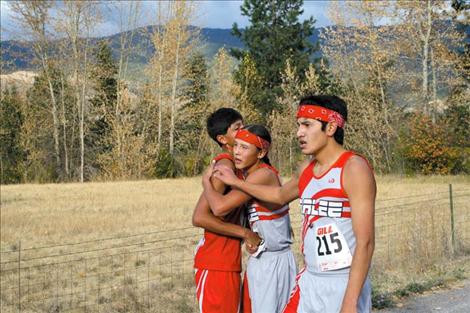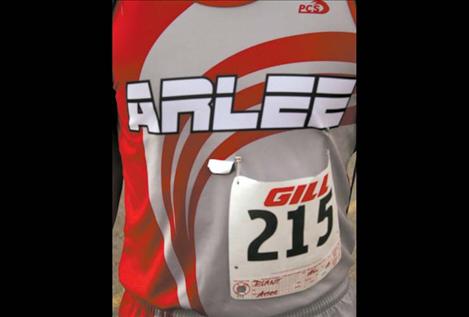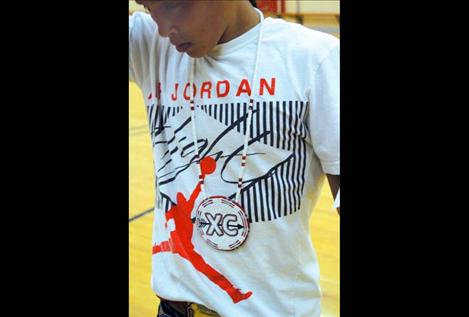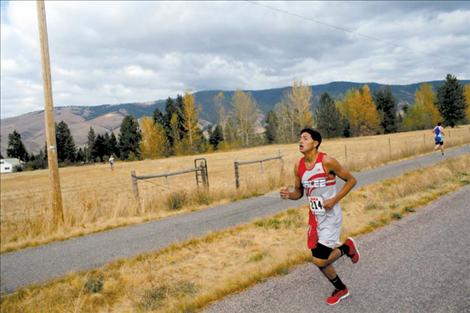Arlee cross-country dreams big

Daniel Martynowicz
Al Plant dodges mid-day traffic and other runners on the cross-country course during Arlee’s Hatchery Run last week.

Daniel Martynowicz
From left to right, Donovan McDonald, Isaac Desjarlais and Al Plant embrace after the 3.2 mile run.

Daniel Martynowicz
Al Plant showcases his Arlee jersey.

Daniel Martynowicz

Daniel Martynowicz

Daniel Martynowicz
Working hard, Donovan McDonald sprints towards the last leg of the race.

Daniel Martynowicz

Daniel Martynowicz
Cross-country runners from St. Ignatius and Arlee spring from the starting line as the race begins

Daniel Martynowicz

Daniel Martynowicz
Issue Date: 10/10/2012
Last Updated: 10/9/2012 10:44:43 PM |
By
Daniel Martynowicz
Keep Reading!
You’ve reached the limit of 3 free articles - but don’t let that stop you.
















